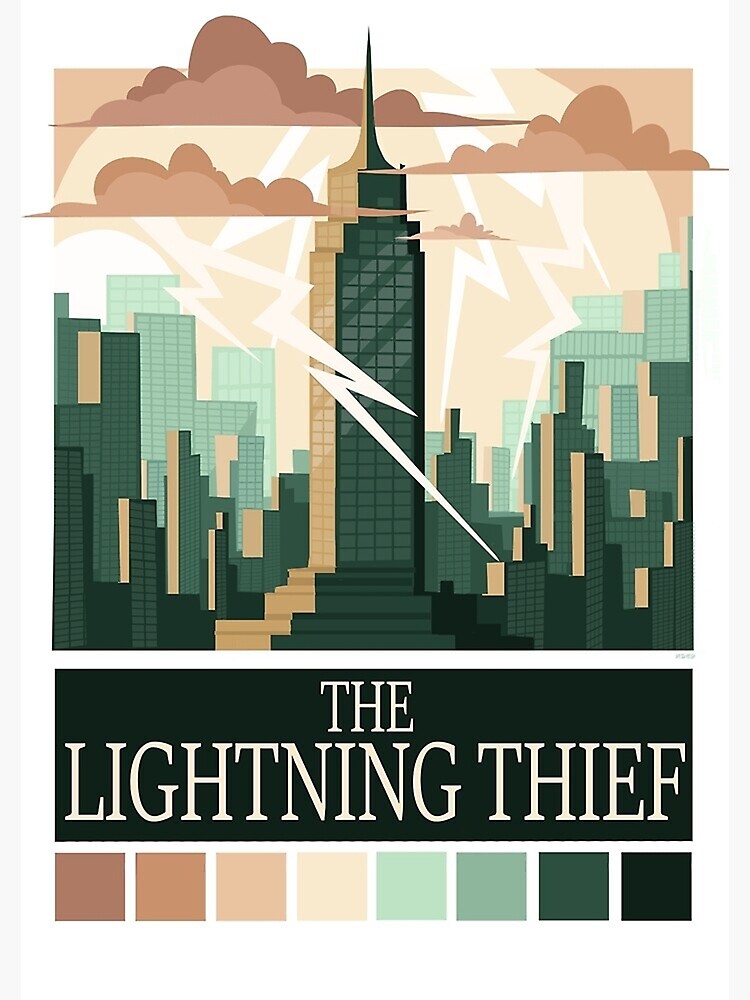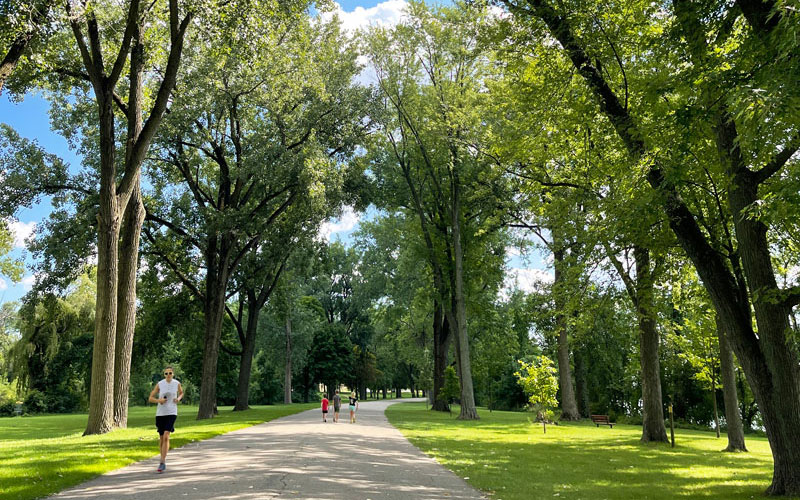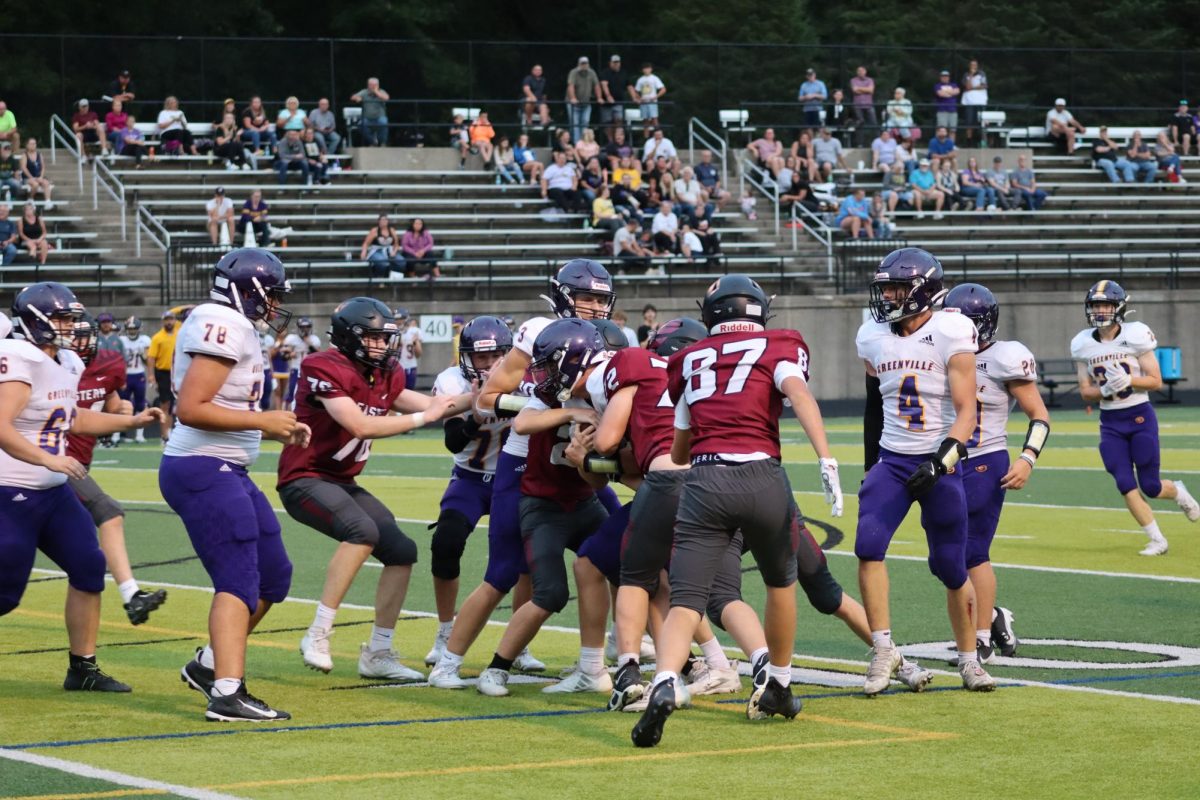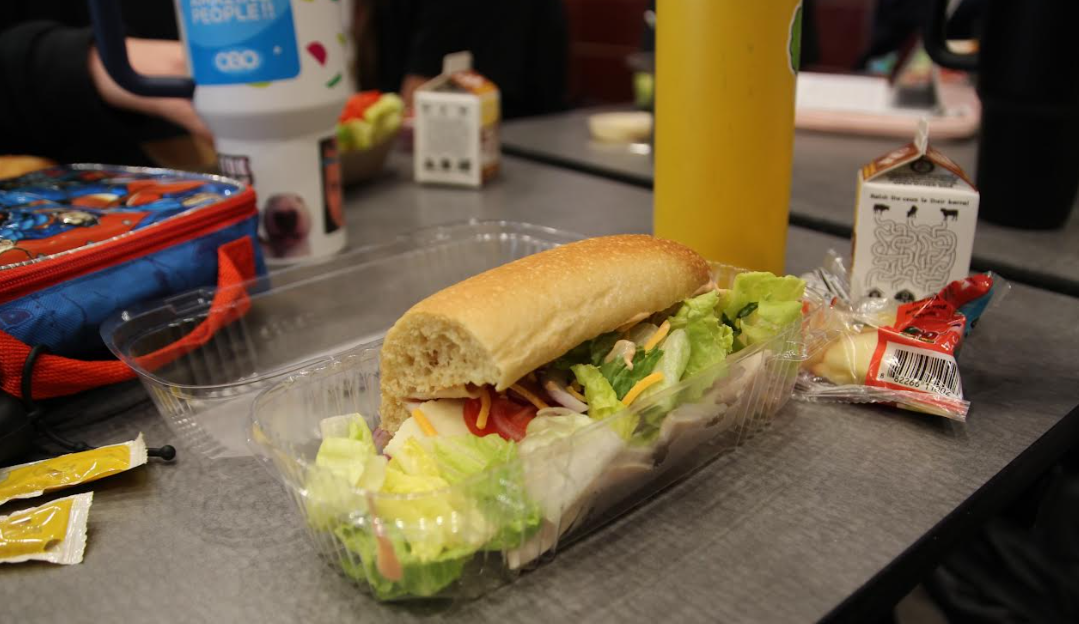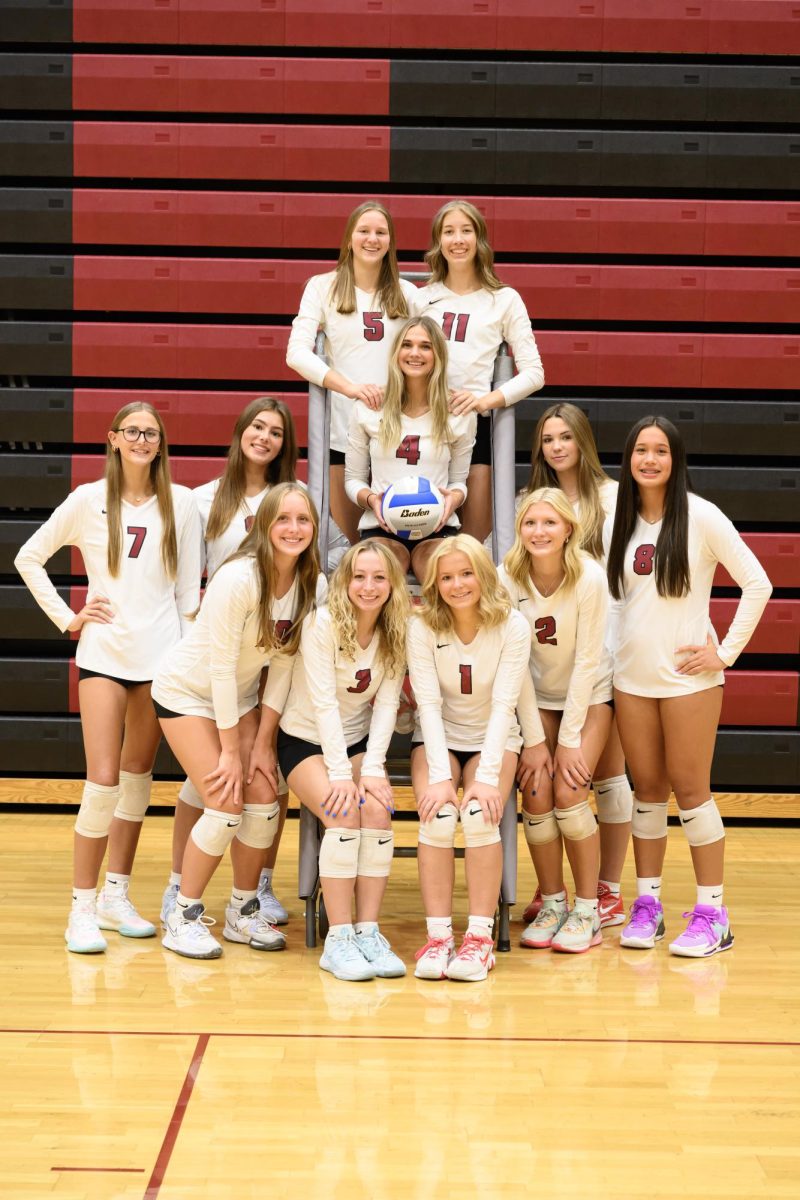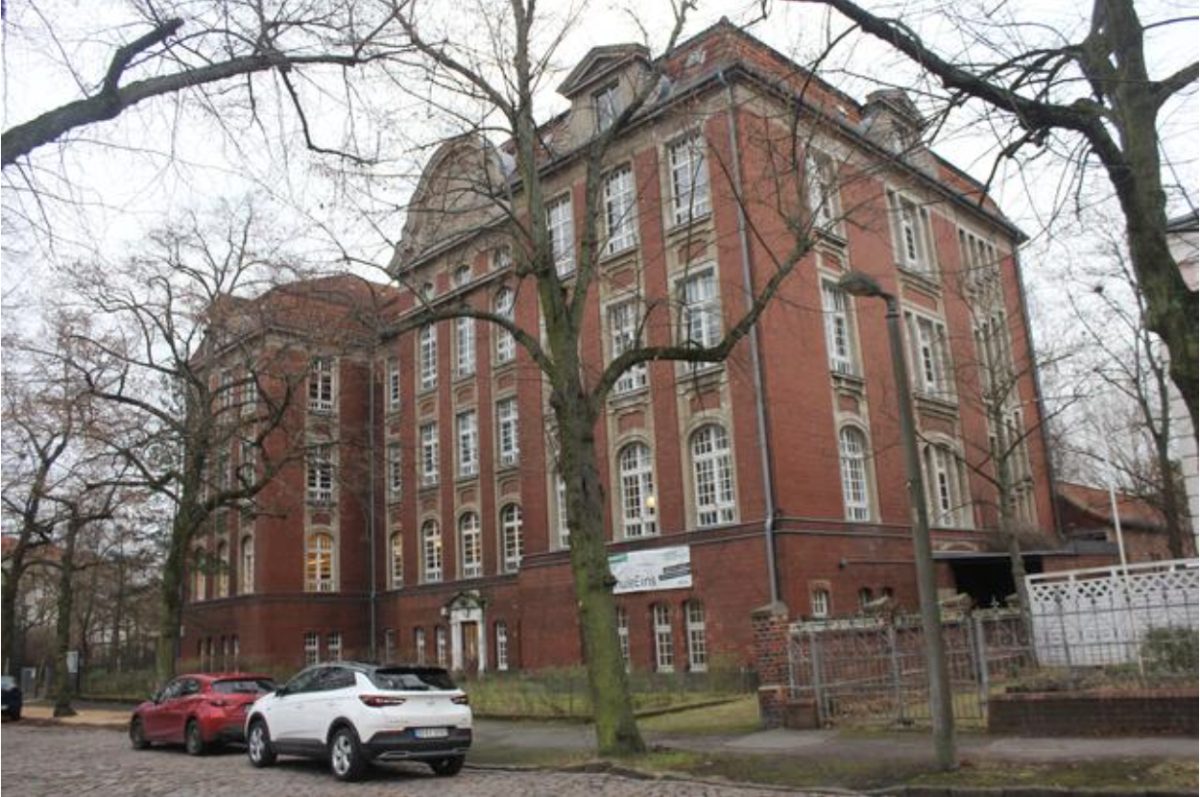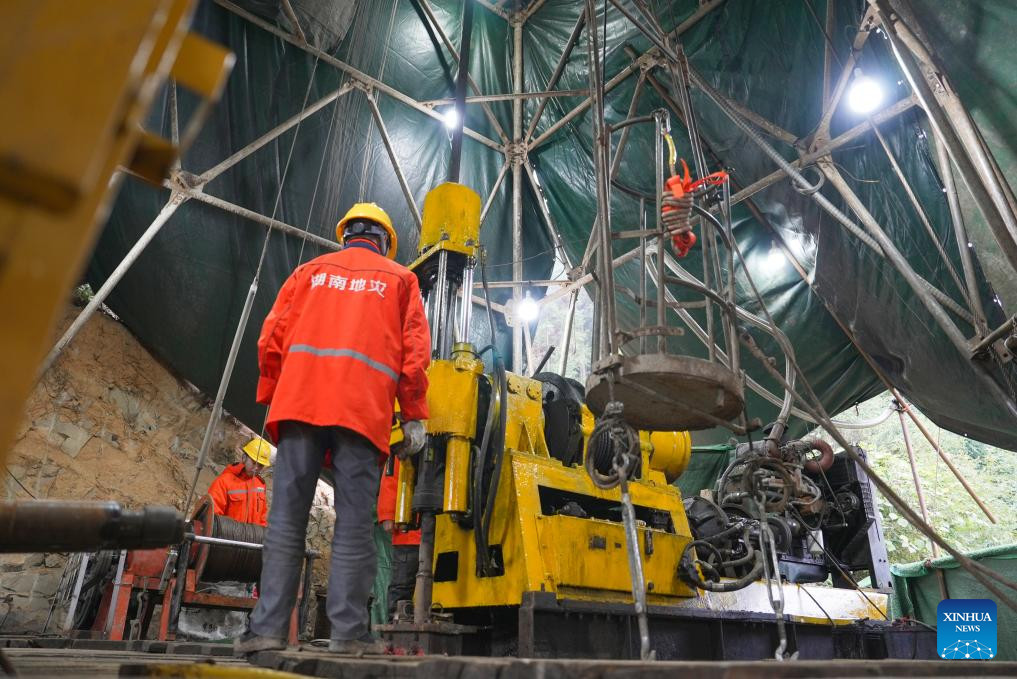Have you ever been to another country? Then you have probably experienced a different culture and seen a different landscape. But what you may not have encountered in that country is the different school system. I’m an exchange student from Germany, currently exploring the American school system and sharing some of the differences between school here and school in Germany.
Although the content doesn’t differ much, school in Germany varies more from school in America than you might expect.
Your school journey in Germany starts at the age of 6 with 4 years of elementary school. There are three separate classes in one year and all of them have their own classrooms. You have defined subjects and a class teacher that builds up a strong connection to the kids and helps them become friends with each other. After only four years of elementary school, you get a recommendation from your school on what type of secondary school you should attend. With your fourth-year semester grades, you apply for a secondary school of your choosing.
There are four different types of secondary schools: Hauptschule, Realschule, Gesamtschule, and Gymnasium. The Gymnasium and the Gesamtschule are the most common ones and provide the highest level of education but also require more from their students. They also are the only ones to provide the so-called Oberstufe, three extra years that end with the Abitur after 13 years of school, which are final exams connected to a higher level of graduation that is often required when applying for a University.
Until year 10, students in Germany stay in the classes that were established in fifth grade. The teachers change rooms rather than the students, who will only move if it’s required for a specific course. Students can’t choose difficulties of subjects and are only able to elect two courses: a second foreign language (besides English) in 7th grade and another subject in 9th grade. These classes combine students who had previously been in separate rooms. Some schools also split their religion classes into Catholic and Protestant. Only in the Oberstufe can you elect two subjects as your Leistungskurse, which is a bit similar to AP classes.
Your schedule repeats weekly, not daily, which allows for more variety of classes in a semester. The lessons usually last 45 minutes, although my school is an exception with its one-hour lessons. You have short breaks between every hour for the teachers or students to switch rooms. After the 2nd hour, there is a 30-minute break and the opportunity to go to the schoolyard. After the 4th hour, you have another 30-minute break. Most schools have a lunch break after the 6th hour, which is around 1:30 for the students who have afternoon classes. Afternoon classes end at 3 pm. My school also has none of the afternoon classes that most schools in Germany have on certain days. The main classes in German schools are Math, German, English, a second foreign language, and the other elective classes in which you also write exams. Besides that, you have classes that alternate every semester, such as Chemistry, Art, Music, Physics, and Biology. At my school, religion and sports classes stay every semester but we don’t write exams for them. The system changes again in the Oberstufe, but that’s a whole other story.
Grades in German schools are also different from America’s. Not only is it on a number scale with 1 as the best to 6 as the worst, but the grades are also based far more on your participation in class rather than only on tests, exams, and assignments. You constantly affect your grades, which makes you pay more attention in class because of the need to participate in order to keep your grades up. At the same time, this system is bad for people who are uncomfortable with speaking in class, as their good notes on tests and exams can only do so much. This also makes the grades more dependent on the impression you make towards your teacher and how they think of you than the American system. Overall, I would say that these grades are harder to get because you have to do something more consistently.
The systems are vastly different from each other and there’s still more that I have yet to cover. I still need to decide which system I like more, there is no clear better one. Both have advantages and disadvantages but one thing stays the same: school is boring!









